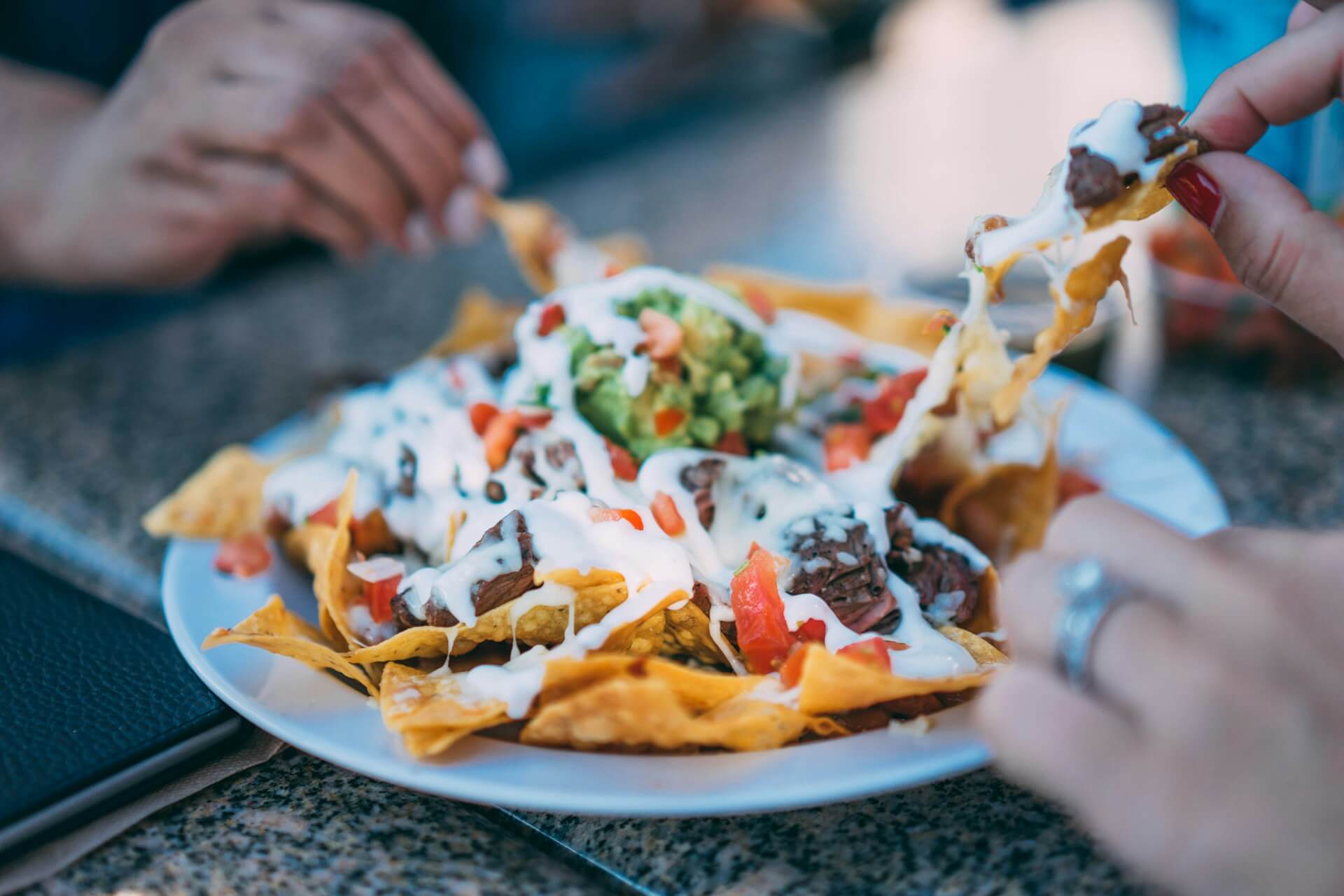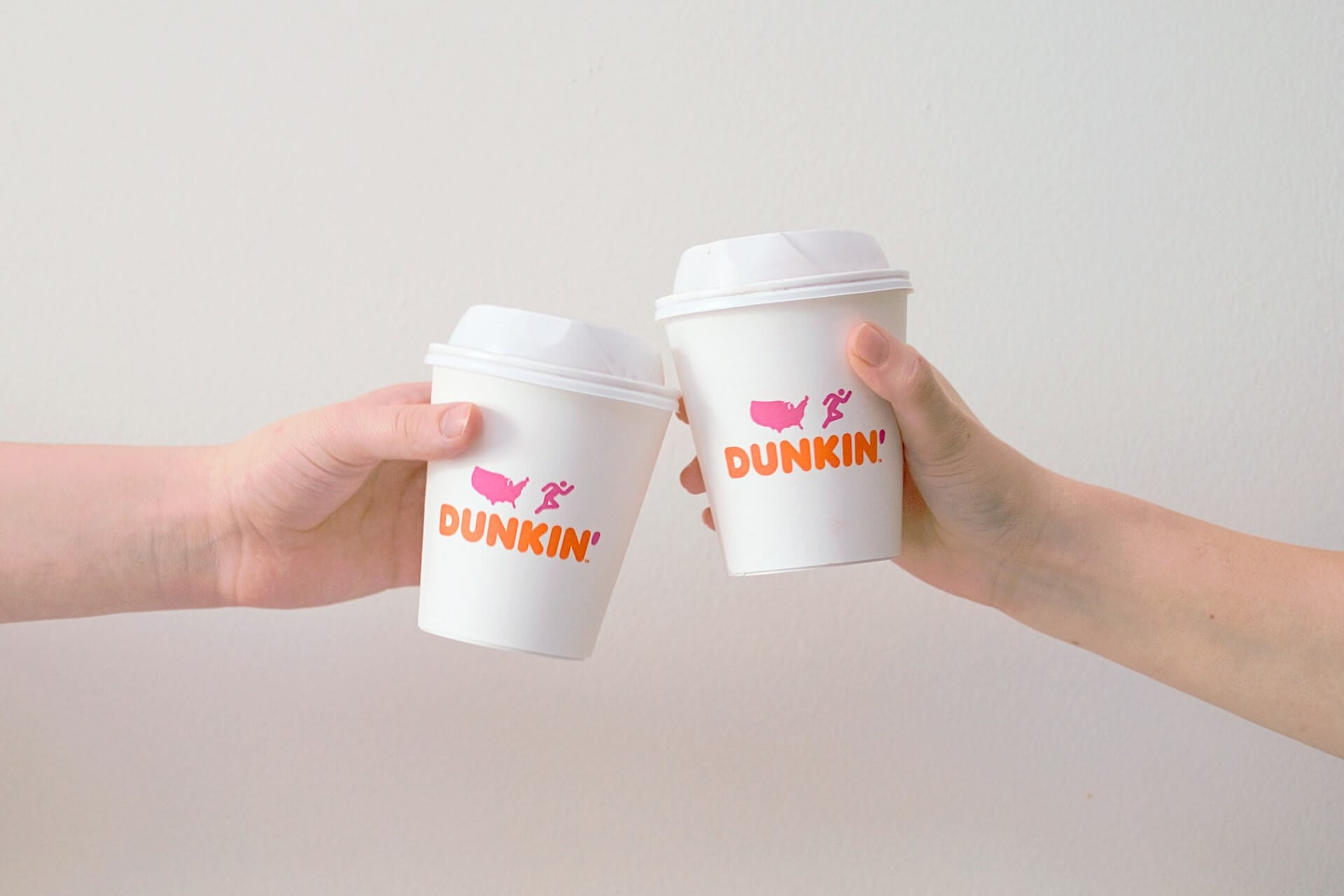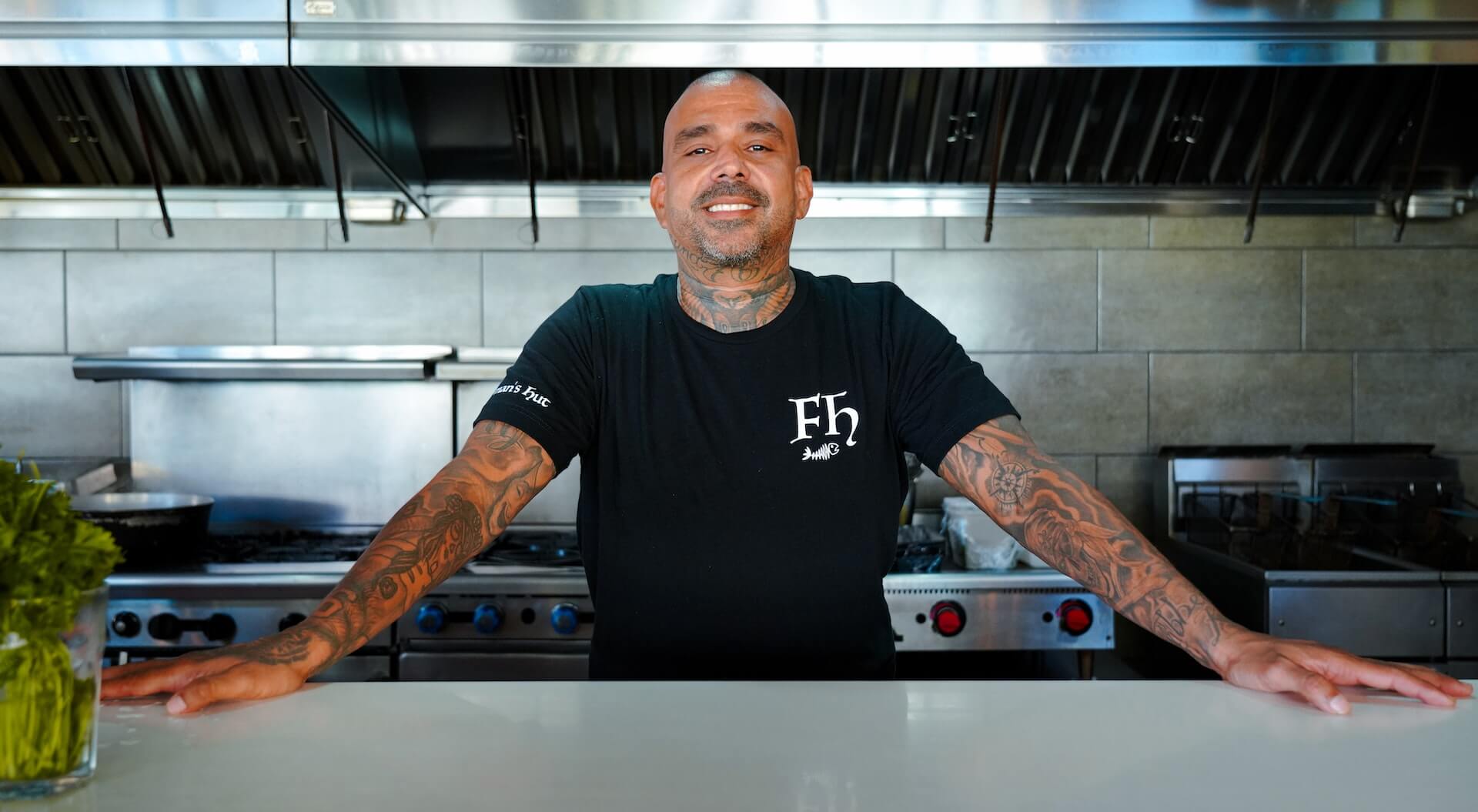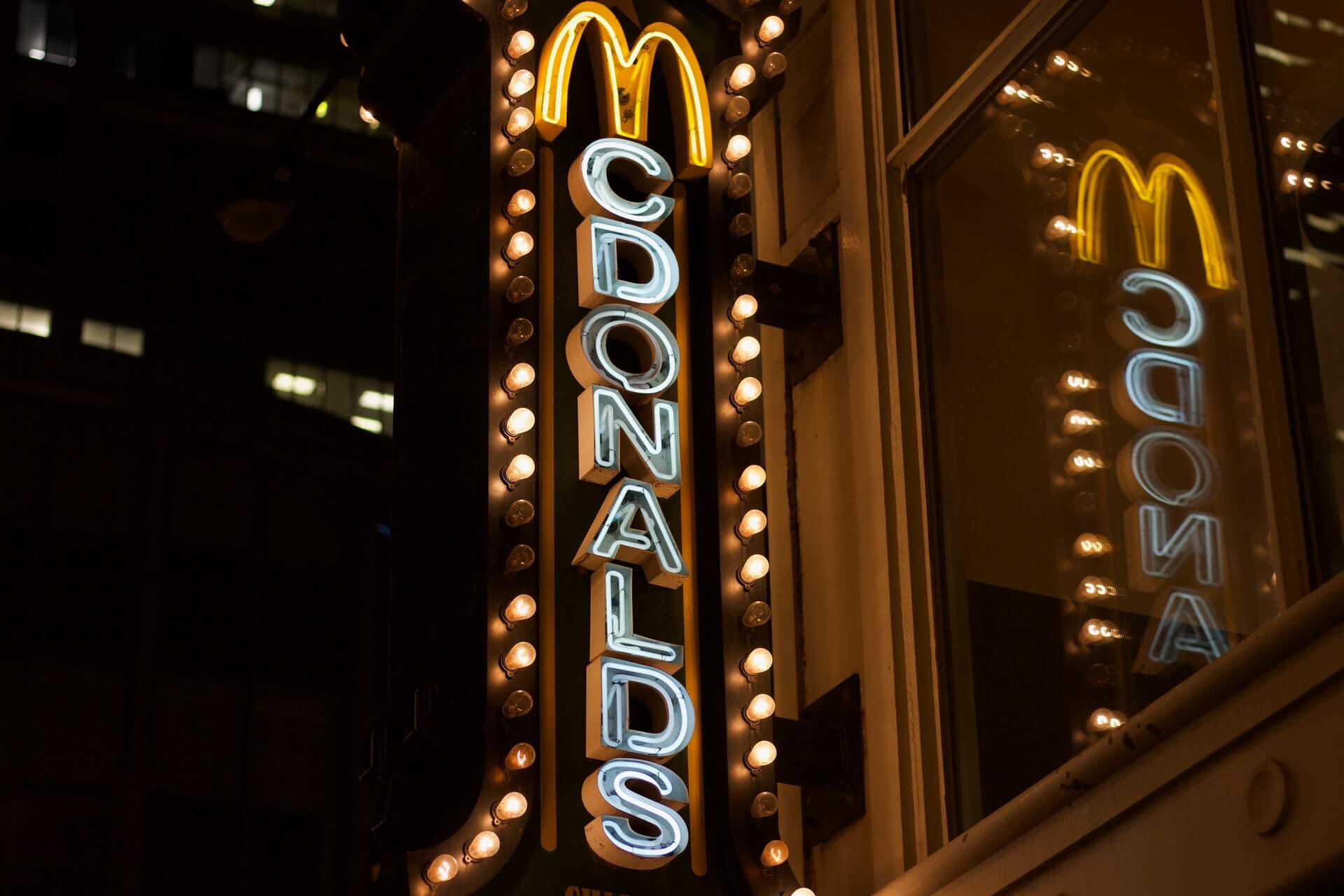Nachogate: A Lesson in Standards
by David Klemt

You wouldn’t think a social media post about a plate of nachos could cause a scandal but that’s exactly what’s happening, and it’s known as Nachogate.
Shockingly, this story comes to us from a luxury casino resort in Las Vegas.
A photo of a meager dish with six entire tortilla chips on it has 1.3 million views already. That’s pretty impressive—or unfortunate, depending on which side of the post you’re on—considering the post is from this Monday.
One of the top comments on the post points out that there’s quite the disparity between chips and accompaniments.
“More condiments than chips. Wow,” reads the comment. To which the original poster responds, “They said it was so you can have the perfect bite.”
Hey @fblasvegas we waited an hour for food in the Sportsbook and this is our nachos???
Come on man pic.twitter.com/eHDV4cyjOK— Mike Herman (@MuTigerMike) January 23, 2024
It should go without saying that every dish put in front of a guest needs to be as close to perfect as possible. If it’s on the menu, if it leaves the kitchen, it impacts the guest experience. There is no, “Well it’s only [insert item]. It’s not that big of a deal.”
That mindset simply has no place in hospitality.
No, not every dish or drink is perfect. Yes, everyone makes mistakes. The absolute lowest standard should be caring enough to catch mistakes before they affect guests.
Failing that, every operator and leadership team member needs to care enough to acknowledge mistakes that reach guests, handle them gracefully, and fix them. This includes listening to and rewarding servers, bartenders, barbacks, and hosts whenever they catch a mistake.
Of course, there’s another lesson here. When developing non-negotiable standards, aim high. Fountainbleau Las Vegas is a luxury lifestyle brand; I doubt Nachogate reflects the company’s standards.
#Nachogate Fallout
Look, it can feel good to say that we don’t have competitors in this industry, we have peers. In some ways that can be an accurate statement.
However, watch what happens when an operator makes a mistake and it blows up in spectacular fashion.
Case in point, Nachogate. Or, given how the situation went viral, #Nachogate.
It would be bad enough if The Tavern at Fountainbleau Las Vegas took a reputational hit solely with the guests it affected directly. Obviously, it gets exponentially worse when it takes off on social media and alters the perception of potential guests.
But #Nachogate got worse when the venue’s “peers” leveraged the situation to their advantage.
50+ chips in every order of Hooters Nachos for just $17.99! 🙃 pic.twitter.com/C59KmtWAdb
— OYO Hotel & Casino Las Vegas (@oyolasvegas) January 24, 2024
We prefer the Ahi Poke Nachos at Silverton’s Su Casa Sushi Bar, anyway. #nachogate pic.twitter.com/NU7IIITSBy
— Silverton Casino (@SilvertonCasino) January 25, 2024
Nacho average nachos! A heeling plate of pulled pork nachos will only set you back $12.99 at Wana Taco inside Four Queens! #LasVegas #nachogate pic.twitter.com/VaRdNqwnJc
— Four Queens Hotel & Casino (@4QueensLV) January 25, 2024
It’s nacho average bowl, it’s the Super Bowl ! pic.twitter.com/mXmTYYHLcU
— Plaza Hotel Casino (@PlazaLasVegas) January 24, 2024
That’s just a handful of posts taking advantage of Fountainbleau Las Vegas’ mistake. And that’s a lot of free marketing leveraging an unforced error that transformed into a viral moment.
Resolution
Alright, so I probably haven’t made any friends at Fountainbleau for sharing this story. Well, allow me to extend an olive branch. After all, I’ve made plenty of mistakes and will make more in the future.
It appears that the issue has been addressed by the property. That says to me that there are indeed standards, and there are people who care enough to respond when they’re not met.
Again, mistakes happen. The key is to correct course and move forward. Fountainbleau has done just that.
The Tavern menu was designed to be “bar food favorites, all grown up.” We hope you’ll excuse our growing pains while the nachos went through their awkward phase. We’re thrilled to report they’ve matured into one stacked snack. pic.twitter.com/CIibhiGMrQ
— Fontainebleau Las Vegas (@fblasvegas) January 25, 2024
That’s a smart move. A mistake was made, people piled on, and instead of ignoring the issue, the company acknowledged and corrected the mistake where it blew up: the public eye.
Fountainbleau Las Vegas is just over a month into serving the public. There are going to be growing pains. Indeed, anyone who has been following the casino resort is aware that there have been much larger issues. For example, the company is dealing with the departures of three high-level executives.
The point of this article isn’t to roast Fountainbleau further. Assuming the viral post is true and the nachos at The Tavern have indeed been improved, a mistake was made and was then addressed.
I’m sharing this story as an example to drive home the need for standards, for non-negotiables. That means sitting down, considering every element of operations and service, writing out standards, and training teams on those non-negotiables. It’s as important as identifying values, sharing them with the team, and adhering to them.
Sit down today and develop your standards. If you’ve done that in the past, review your standards, update them if necessary, and ensure they still have buy-in from your team.
Image: Herson Rodriguez on Unsplash








